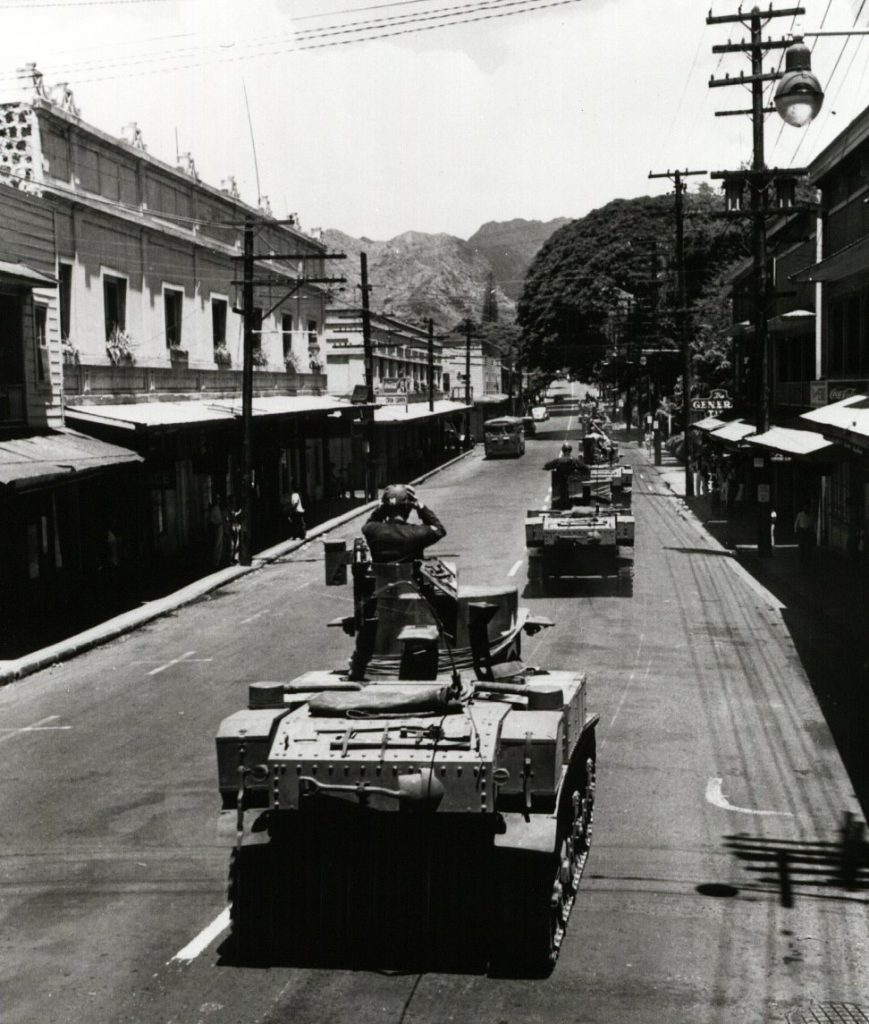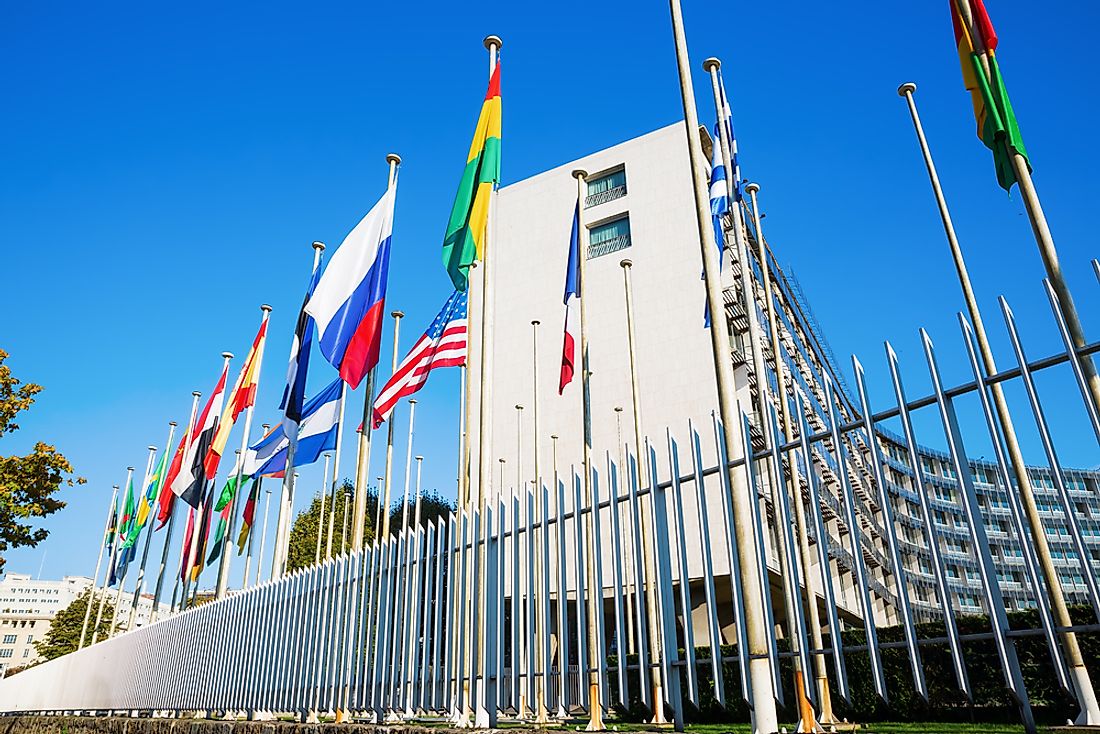

The precedents are also old: the most recent one - in which the Court overturned Harry White’s conviction - was decided almost 75 years ago. The Supreme Court has addressed it on only a handful of occasions, and the Court’s reasoning in these decisions is inconsistent and vague. The Constitution does not mention martial law, and no act of Congress defines it.

Yet the concept has never been well understood.

Indeed, federal and state officials have declared martial law at least 68 times over the course of U.S. Instead, just five days after being arrested, White was tried without a jury, convicted, and sentenced to five years in prison.Īs White’s story illustrates, martial law - a term that generally refers to the displacement of civilian authorities by the military - can be and has been employed in the United States. But Major Murrell, the presiding military officer, rejected these motions. His attorney objected to the court’s jurisdiction, requested a jury trial, and asked for time to prepare a defense. White was brought before a military provost court. The army controlled every aspect of life in the islands, from criminal justice to parking zones and curbside trash removal. The rules governing everyday life were set not by an elected legislature but by the military governor. Its courts were closed and replaced with military tribunals. It had been under martial law since the Japanese attack on Pearl Harbor in December 1941. Even his alleged crime - embezzlement of funds from a client - was a violation of civilian, not military, law.īut nothing about Hawaii was normal in 1942. He was a stockbroker, not a soldier, and neither he nor his business had any connection with the armed forces. military would not have been involved in his case. On August 20, 1942, military police in Honolulu, Hawaii, arrested a man named Harry White. What is clear, however, is that the president lacks the authority to declare it.įellow, Liberty and National Security Program The concept has never been well understood.


 0 kommentar(er)
0 kommentar(er)
